3PL Basics: An Introduction to 3rd Party Logistics with Roberto Cadena
The Logistics of Logistics
OCTOBER 26, 2020
The definitions are confusing because the space is so dynamic and ever-changing. Inventory Management. Vendor Management. Customer / Supplier Management. Global Trade Management (GTM). Non-asset based – companies that don’t own assets like brokerages, service providers, etc. Inbound Logistics. Optimization.

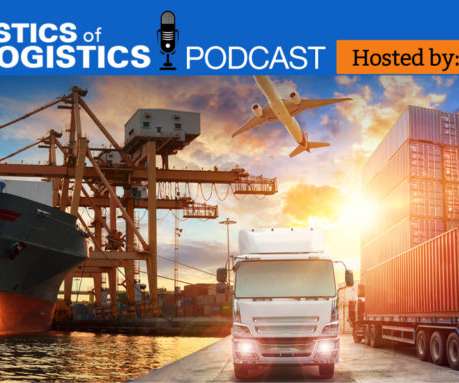
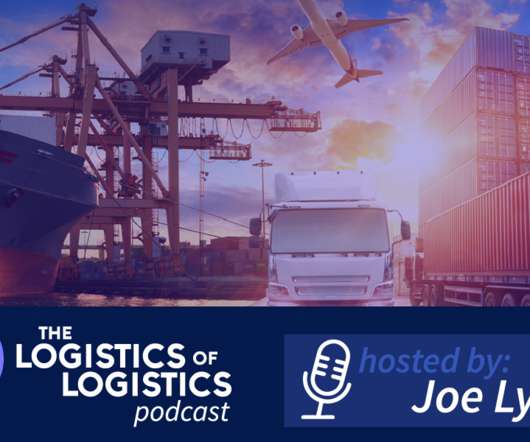




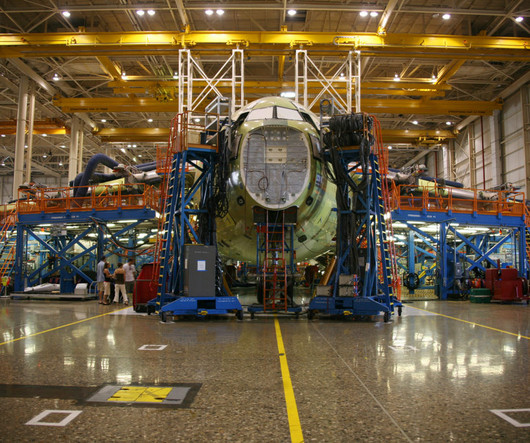


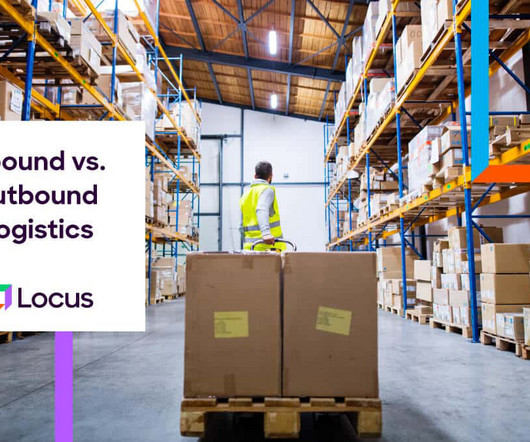

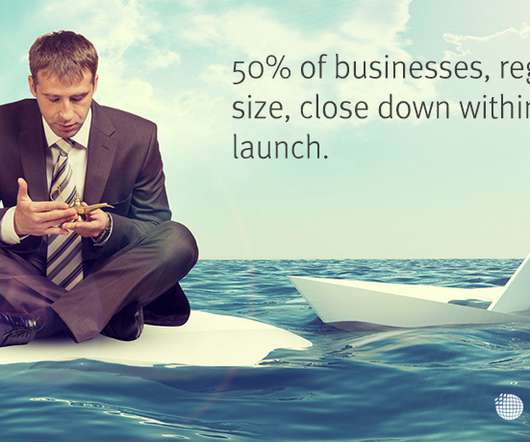








Let's personalize your content